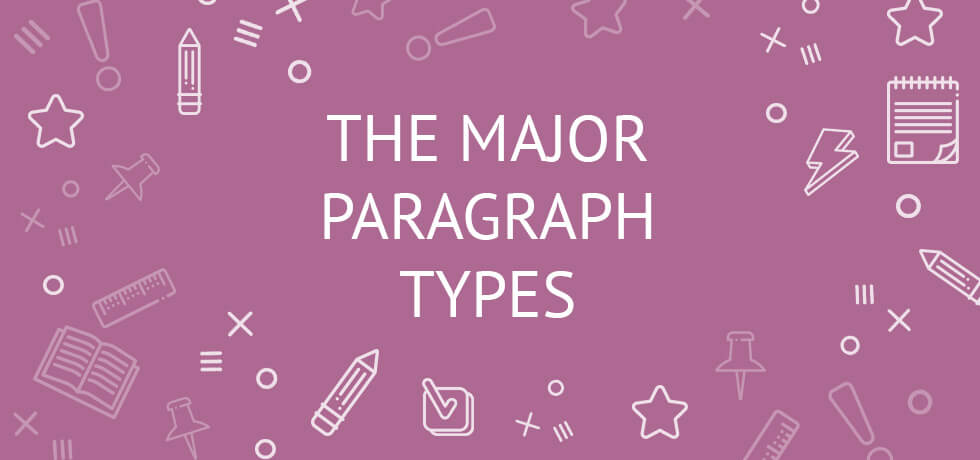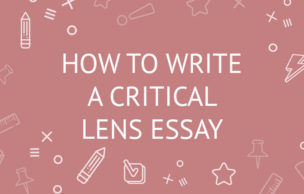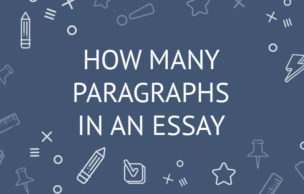The Major Paragraph Types

Some students space paragraphs, trying to separate points when the process of writing is over. This is a major mistake. How much easier your writing would become if you looked at it from another angle! It is reasonable to use different types of paragraphs WHILE you are writing. In case you follow all the rules, you'll have no difficulty in bringing your message across to your reader.
If you browse for ‘the types of paragraphs' you'll be surprised how many results you'll get. Among others, the four following types should be distinguished: descriptive, expository, narrative, and persuasive paragraphs. Mastering these types as well as 4 types of sentences will help you a lot in writing almost every type of texts.
Descriptive: These paragraphs have four main aims. First of all, they naturally describe something or somebody, that is conveying the information. Secondly, such paragraphs create powerful images in the reader's mind. Thirdly, they appeal to the primary senses of vision, hearing, touch, taste, and smell, to get the maximum emotional response from the reader. And finally, they increase the dynamics of the text. Some grammar rules may be skipped in descriptive paragraphs, but only for the sake of imagery.
Expository paragraph definition: It is not an easy task to write an expository paragraph, especially if you are an amateur in the subject. These paragraphs explain how something works or what the reader is to do to make it work. Such paragraphs demand a certain knowledge. Nevertheless, writing them is a great exercise to understand the material, because you keep learning when you teach.
Narrative: These paragraphs remind a story within the story. The structure of a narrative paragraph, including the start, the middle, and the end, reminds that of any whole piece of writing, such as a short story or an essay.
Persuasive: It is the easiest paragraph to understand, but arguably the hardest one to write. Evidently, the essay writer is to persuade the readers to follow his or her ideas. Writing persuasive paragraphs is one of the most popular assignments since junior high school, as it helps students to argue their point and give reasons for proving it.
In reality, many paragraphs you find in books, for example, combine the features of descriptive, expository, narrative, and persuasive types. Here are the examples of more or less ‘typical’ paragraphs:
A descriptive paragraph example:
"The room in which I found myself was very large and lofty. The windows were long, narrow, and pointed, and at so vast a distance from the black oaken floor as to be altogether inaccessible from within. Feeble gleams of encrimsoned light made their way through the trellised panes, and served to render sufficiently distinct the more prominent objects around; the eye, however, struggled in vain to reach the remoter angles of the chamber, or the recesses of the vaulted and fretted ceiling. Dark draperies hung upon the walls. The general furniture was profuse, comfortless, antique, and tattered. Many books and musical instruments lay scattered about, but failed to give any vitality to the scene. I felt that I breathed an atmosphere of sorrow. An air of stern, deep, and irredeemable gloom hung over and pervaded all."
This is an interior description created by Edgar Allan Poe in The Fall of the House of Usher. The author wanted to underline the atmosphere of decay, which is seen in each detail pictured in the paragraph. More descriptive paragraph examples you can find at profile essay page.
An expository paragraph example:
"When students have completed the assignment, they simply click the Mark As Done button to let the teacher know they have finished. Note: The teacher does NOT receive an alert or email notification when work has been turned in, or marked as done. If a student is turning in late work, it is recommended that they leave a private comment to notify the teacher of late work or special circumstances."
This paragraph is from Teacher's Guide to Google Classroom written by Kasey Bell. It explains how turning in different types of assignments work. Besides, it gives some instructions to the teacher in compliance with some soft peculiarities. More examples you can find at exploratory essay page.
A narrative paragraph example:
"During the next five years, I started a company named NeXT, another company named Pixar, and fell in love with an amazing woman who would become my wife. Pixar went on to create the world's first computer-animated feature film, Toy Story, and is now the most successful animation studio in the world. In a remarkable turn of events, Apple bought NeXT, I returned to Apple, and the technology we developed at NeXT is at the heart of Apple's current renaissance. And Laurene and I have a wonderful family together."
This is an extract from Steve Jobs' Stanford Commencement Address (2005) revealing that the consequences of the greatest failure can turn into the greatest success. Many details of the story are left out, but there is a definite narrative thread making the audience emphasize.
A persuasive paragraph example:
"If you choose to use your status and influence to raise your voice on behalf of those who have no voice; if you choose to identify not only with the powerful, but with the powerless; if you retain the ability to imagine yourself into the lives of those who do not have your advantages, then it will not only be your proud families who celebrate your existence, but thousands and millions of people whose reality you have helped change. We do not need magic to change the world, we carry all the power we need inside ourselves already: we have the power to imagine better."
This is the paragraph from J.K. Rowling's Harvard Commencement Speech given in 2008. It is evident that the author gave a lot of thought to the way of arranging such a powerfully motivating persuasive paragraph. There are many stylistic devices used to make the writing more convincing. This yields the conclusion that a persuasive paragraph takes one plenty of attention and hard work.
In the majority of cases when students try to structure their texts, paying SOME attention to an intro-body-conclusion format and instinctively spacing these elements in paragraphs is usually the extent of their struggles. But if you really want to write excellently, you have to practice the types of paragraphs described above. Aside from improving your writing skills, it will create a solid basis for learning other types of paragraphs.





